Interview: Lifting Vietnam’s Marine Tourism to New Heights
Guest: Dr. Pham Ha – Chairman & CEO, LuxGroup
Host: Hong Van – Editorial Board Member, The Saigon Times
1. After seven years of implementing Resolution 36, what breakthroughs do you see in marine tourism? Why has it not yet “taken off” as expected?
Pham Ha:
Resolution 36 clearly identified seven pillars of Vietnam’s maritime economy:
1. Marine tourism and services.
2. Maritime economy.
3. Oil, gas, and marine mineral exploitation.
4. Aquaculture and seafood exploitation.
5. Renewable energy and emerging marine industries.
6. Coastal economy linked with economic zones and industrial parks.
7. Environmental protection, marine science, and technology.
Among these, marine tourism and services are considered the spearhead — delivering high value-added benefits and acting as a green growth engine that drives other sectors forward. Yet after seven years, we have not fully realized this potential.
The main reasons are:
• Fragmented planning, still based heavily on local administrative boundaries.
• Strategic infrastructure gaps, especially in cruise terminals and marinas meeting international standards.
• Lack of distinctive products, with most offerings still revolving around beach swimming and simple leisure.
• No unified national brand campaign to position Vietnam’s marine tourism on the global map.

2. Are Vietnam’s marine and island advantages being underutilized?
Pham Ha:
Yes. Vietnam has 3,260 kilometers of coastline, thousands of islands, and bays ranked among the most beautiful in the world by UNESCO and other international bodies. Yet these resources are only being exploited at a “surface level.”
If we treat marine tourism as a green growth engine — meaning development must rest on preserving resources, reducing emissions, and reinvesting in coastal communities — we are still in the starting phase. In contrast, destinations like Thailand or the Maldives have turned their seas into sustainable gold mines by coupling conservation with premium services.
3. What’s the formula for differentiation and elevating experiences to an international level?
Pham Ha:
Marine tourism must stand on three pillars:
1. Coastal cultural identity – telling each destination’s unique story through its history, art, and cuisine.
2. Diverse, layered experiences – boutique cruises, water sports, wellness, heritage dining, eco-tourism.
3. International standards – from port and marina infrastructure to skilled personnel.
If marine tourism is developed as a green spearhead industry, it will not only attract high-spending visitors but also exert positive pressure on other sectors (shipping, fisheries, renewable energy) to “go green” to protect the marine environment.
4. Have port infrastructure and coastal services met the needs of high-end visitors?
Pham Ha:
Not yet. We lack dedicated cruise terminals and international-standard marinas. Some strategically located destinations still have no infrastructure connecting them to international tourism routes.
If Vietnam aims to become the yachting hub of Southeast Asia, we need a national-level marine infrastructure investment program, linked with inter-regional marine tourism corridors.
5. The role of local authorities and policy — what’s the biggest bottleneck?
Pham Ha:
The core bottleneck is fragmented management and the absence of a one-stop mechanism for marine infrastructure investment. The maritime economy in general — and marine tourism in particular — needs its own transparent, stable, and predictable policy framework, because this is a long-term, capital-intensive industry requiring multi-year vision.
6. Human resources and service culture — are we ready?
Pham Ha:
Not yet. Our current workforce lacks both the skills and the service mindset aligned with international standards. At LuxGroup, we have to self-train up to 70% of our personnel, focusing on languages, maritime safety, and service culture.
7. What is the strategy for promoting Vietnam’s seas and islands to the world?
Pham Ha:
Vietnam needs a national marine tourism brand, emphasizing “Blue Seas – Premium Experiences – Vietnamese Identity.” This should not be just a slogan but a multi-year, multi-language communication campaign, executed across both traditional channels and digital platforms.

8. What are the three most urgent actions for the next five years?
Pham Ha:
1. Invest in strategic infrastructure: international cruise terminals, marinas, and inter-regional marine tourism corridors.
2. Develop premium, green, and distinctive products: boutique cruises, wellness tourism, coastal heritage experiences.
3. Launch a global Vietnam marine brand campaign, tied to the message “Marine tourism – the green growth engine of Vietnam’s maritime economy.”
If done right, marine tourism can truly become one of the most important pillars of the seven pillars of the maritime economy, contributing significantly to Vietnam’s goal of becoming a strong, prosperous maritime nation by 2045.
